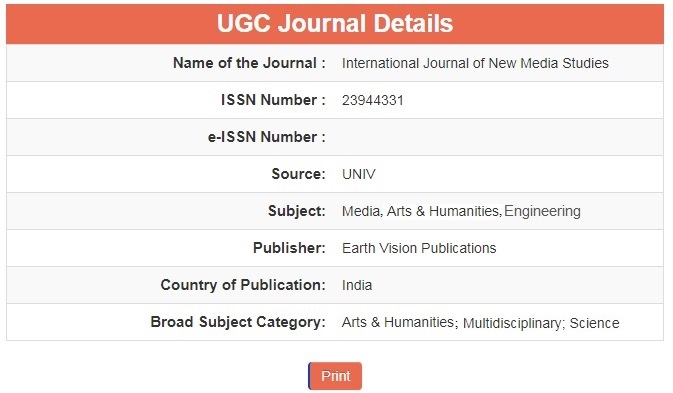Automated Mask Detection in Live Video Streams
Keywords:
Computer Vision, Covid 19, Image processing, Mask, No mask, OpenCV, Pandemic, safety, Tensorflow.Abstract
The ongoing global healthcare crisis caused by the pandemic has led to a critical situation worldwide. The virus primarily spreads through respiratory droplets emitted by infected individuals, posing a risk to others. Public places have a higher risk of transmission, and wearing a face mask is recommended by the World Health Organization (WHO) to reduce the chances of infection. In this project, we propose a method that utilizes TensorFlow and OpenCV to detect face masks on individuals. The approach involves drawing a bounding box around a person's face to determine whether they are wearing a mask or not. If a person's face is stored in the database, the system detects their identity and sends them an email notification reminding them to wear a mask and take necessary precautions. If the person's face is not present in the database, the system directly uses the live webcam to detect whether the person is wearing a mask or not. This system is particularly useful for businesses and organizations that aim to identify and protect individuals who are not wearing face masks. By detecting and notifying those who are not following the mask-wearing guidelines, appropriate measures can be taken to ensure everyone's safety.






